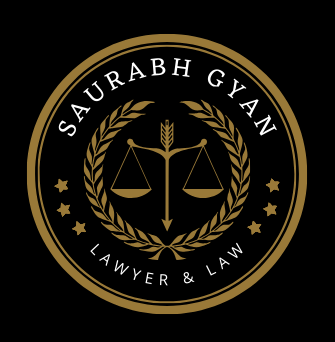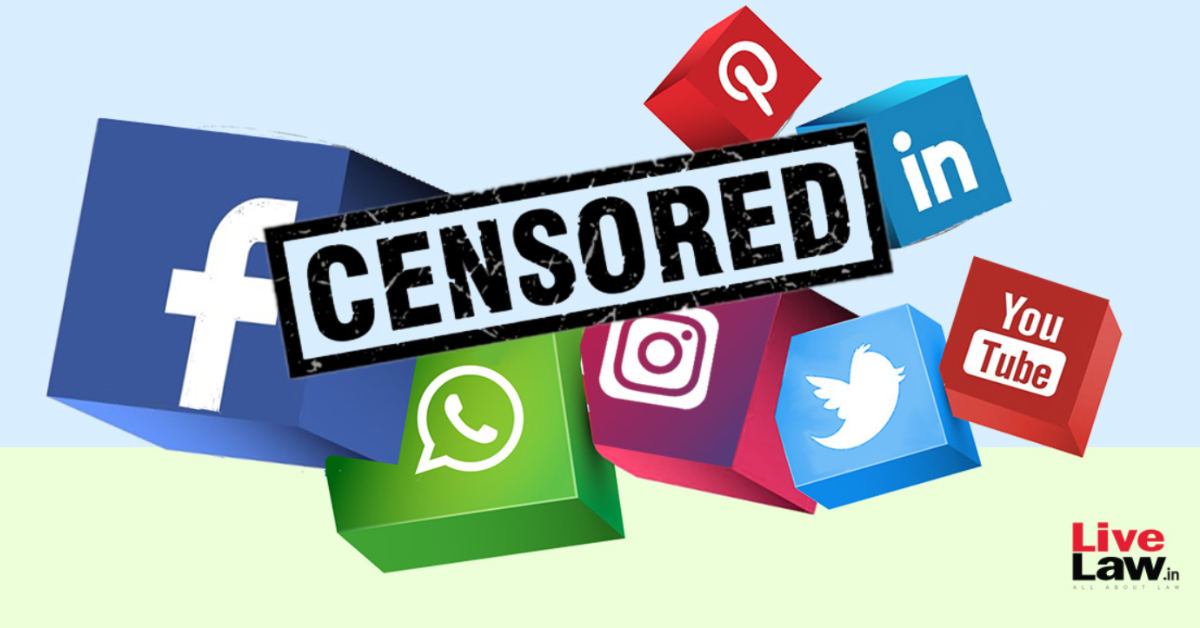The rise of social media has transformed communication, enabling people to express their opinions freely. However, with increasing misuse of platforms for hate speech, fake news, and national security threats, governments worldwide, including India, have introduced regulations to control digital content. The challenge lies in balancing free speech with responsible online behavior.
In this blog, we will explore India’s social media regulations, laws governing digital platforms, and the ongoing debate between free speech and censorship.
Understanding Social Media Regulation in India
Social media platforms like Facebook, Twitter (X), Instagram, and WhatsApp operate under Indian laws. The Information Technology (IT) Act, 2000 and its amendments form the primary legal framework for digital content regulation.
Key Laws Governing Social Media in India
- Information Technology (IT) Act, 2000 – Governs cybercrimes, online content, and platform liability.
- Intermediary Guidelines & Digital Media Ethics Code, 2021 – Mandates platforms to remove unlawful content, appoint grievance officers, and comply with government directives.
- Indian Penal Code (IPC), 1860 – Sections related to hate speech, defamation, and sedition apply to online content.
- Right to Freedom of Speech (Article 19(1)(a)) – Guarantees free speech but with reasonable restrictions.
These laws ensure that while social media remains a platform for free expression, it does not harm national security, public order, or individual rights.
The Role of the IT Rules 2021 in Social Media Regulation
The IT (Intermediary Guidelines and Digital Media Ethics Code) Rules, 2021 significantly impact social media platforms.
Key Provisions:
- Grievance Redressal Mechanism – Platforms must appoint a Grievance Officer to address user complaints within 15 days.
- Chief Compliance Officer & Nodal Contact Officer – Social media giants must appoint officers in India for accountability.
- Traceability of Messages (End-to-End Encryption Debate) – WhatsApp and similar platforms must identify the first originator of unlawful content, raising privacy concerns.
- Content Takedown & Government Oversight – Platforms must remove content within 36 hours upon government request.
- Fake News Regulation – Government fact-checking units can flag and remove misinformation.
While these rules aim to make platforms accountable, critics argue they enable censorship and surveillance.
Free Speech vs. Censorship: The Debate
The biggest concern surrounding social media regulation is its impact on freedom of expression.
Arguments in Favor of Regulation:
✔ Preventing Fake News & Misinformation: Misinformation spreads rapidly on social media, influencing public opinion and elections.
✔ Curbing Hate Speech & Cyberbullying: Regulating content helps protect minorities and vulnerable groups from harassment.
✔ National Security & Public Order: Governments monitor social media to prevent riots, terrorist propaganda, and communal violence.
✔ Legal Accountability for Social Media Platforms: Big tech companies must take responsibility for the content they host.
Arguments Against Overregulation & Censorship:
❌ Threat to Free Speech: Government control over social media can silence dissent and opposition voices.
❌ Vague & Broad Laws: Laws like Section 69A of the IT Act (which allows blocking content) lack clear definitions, leading to misuse.
❌ Chilling Effect on Digital Journalism: Independent media and critics may fear government retaliation.
❌ Privacy Concerns: The demand for traceability of messages on encrypted platforms like WhatsApp threatens user privacy.
The key challenge is ensuring that regulations do not turn into tools for suppressing dissent.
Notable Cases & Controversies on Social Media Regulation in India
Several high-profile cases highlight the tensions between free speech and government censorship.
1. Twitter vs. Government of India (2021)
- The Indian government directed Twitter to remove accounts criticizing farm laws and COVID-19 handling.
- Twitter complied partially but challenged some takedown requests, leading to legal battles.
2. Ban on TikTok & Chinese Apps (2020)
- India banned TikTok, WeChat, and other apps citing national security concerns and data privacy risks.
- Critics argued the ban also had political and economic motives.
3. Supreme Court on Section 66A (Shreya Singhal Case, 2015)
- Section 66A of the IT Act, which criminalized “offensive” social media posts, was struck down by the Supreme Court.
- The ruling strengthened free speech rights but concerns over arbitrary arrests remain.
4. OTT & Digital Media Regulations
- Platforms like Netflix and Amazon Prime must self-regulate under new IT rules.
- Concerns exist over creative freedom in films and web series.
These cases show the complexity of regulating social media without infringing on democratic rights.
The Future of Social Media Regulation in India
With growing digital influence, social media laws in India will continue to evolve. Some key areas to watch:
1. Stricter Regulations on Misinformation
The government plans to introduce tougher rules on fake news, AI-generated content, and deepfakes.
2. Increased Platform Accountability
- Tech companies may be required to verify user identities.
- AI-driven moderation systems may become mandatory.
3. Greater Government Control Over Content
- There are concerns that expanded government oversight may lead to more censorship.
- Future laws may give the government direct power to remove content without court approval.
4. Privacy vs. Traceability Battle
Messaging apps like WhatsApp and Signal are resisting India’s traceability rules, stating they violate end-to-end encryption.
5. Global Influence on Indian Regulations
- India’s regulatory model may take inspiration from Europe’s GDPR (strict data protection laws).
- US and EU policies on AI moderation and platform liability could shape India’s legal framework.
Conclusion: Striking the Right Balance
Social media regulation in India is a double-edged sword—it is necessary to prevent misinformation, hate speech, and national security threats but must not be misused to suppress free speech.
A transparent, accountable, and fair approach is needed where:
✔ Laws are clear and specific, not vague and open-ended.
✔ Regulation is enforced fairly, without targeting critics.
✔ Platforms are accountable, but user privacy is protected.
✔ The judiciary, not just the government, plays a role in content takedown decisions.
As India moves forward in the digital age, ensuring that freedom of expression and responsible speech coexist is the ultimate challenge.

